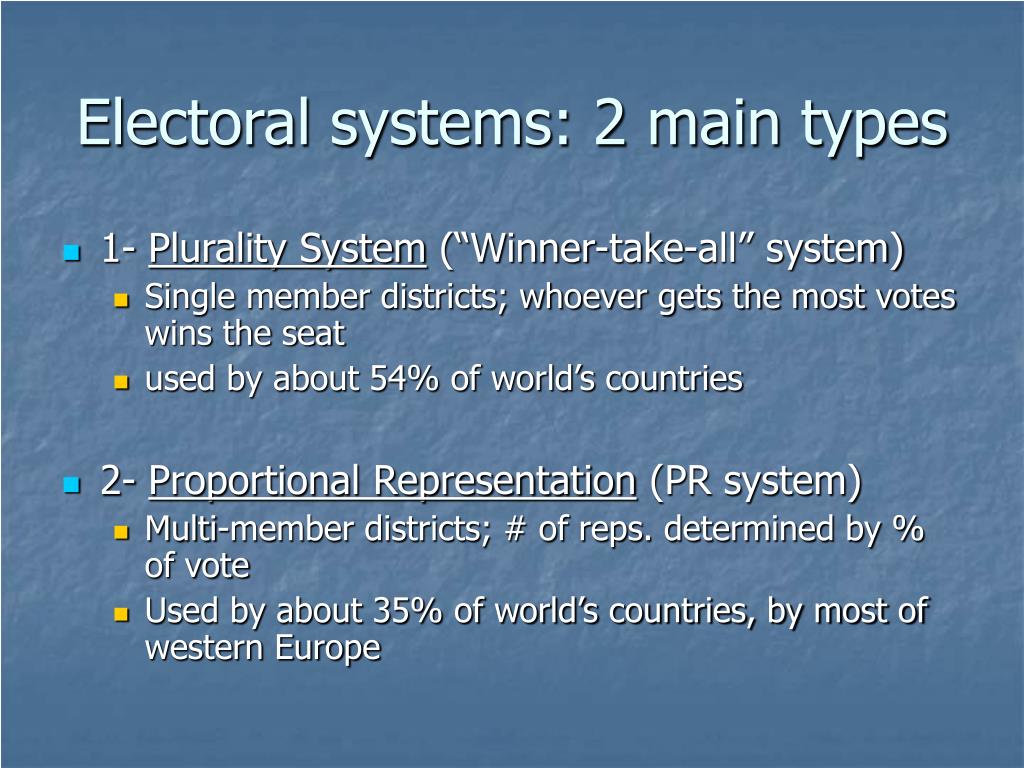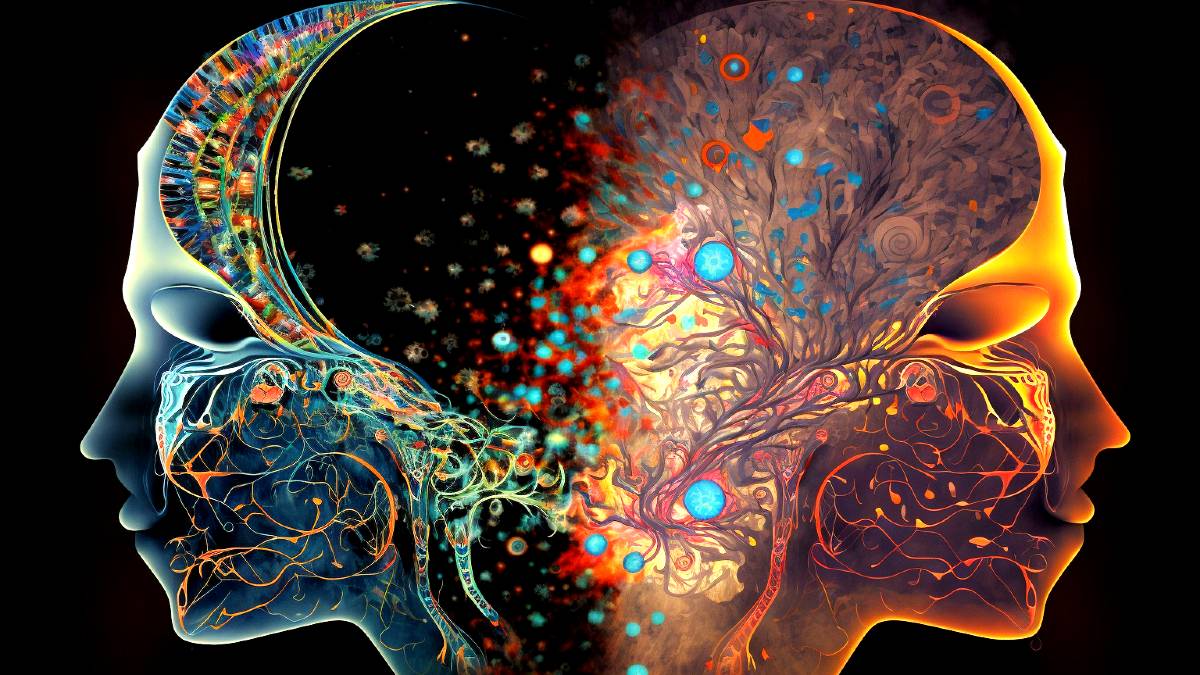Understanding Electoral Systems

“`html
Understanding Electoral Systems: A Comprehensive Guide
Electoral systems – the mechanisms by which we choose our representatives and leaders – are often taken for granted. Yet, they profoundly shape political landscapes, influence election outcomes, and ultimately impact governance. This post will delve into a variety of electoral systems, exploring their strengths, weaknesses, and how they affect representation and voter choice. Whether you’re a seasoned political enthusiast or just beginning to learn about elections, this guide aims to provide a clear and comprehensive understanding.
What is an Electoral System?
At its core, an electoral system defines the rules governing how votes are cast, counted, and translated into seats in a legislative body (like a parliament or congress) or election of an executive leader. It encompasses everything from voter registration to ballot design to vote tabulation methods. Different systems prioritize different values—fairness, proportionality, stability, simplicity – and each choice carries trade-offs.
Major Electoral Systems: A Detailed Look
Let’s explore some of the most common electoral systems used worldwide:
1. First Past the Post (FPTP) / Plurality System
First Past the Post, also known as a plurality system, is widely used, particularly in the United Kingdom, Canada, and India. In this system, voters choose one candidate from each district or constituency. The candidate who receives the most votes wins, regardless of whether they achieve a majority (more than 50%) of the vote. It’s simple to understand and administer.
Strengths: Simplicity, tends to produce strong, stable governments (often leading to single-party rule), clear accountability for representatives as each represents a specific geographic area.

Weaknesses: Can lead to wasted votes – if a candidate doesn’t have a chance of winning, votes cast for them are essentially discarded; disproportionate results – the percentage of seats won may not accurately reflect the overall vote share received by a party; encourages strategic voting (voting for a less preferred candidate to prevent another, more disliked candidate from winning); can marginalize smaller parties.
2. Proportional Representation (PR)
Proportional representation aims to allocate seats in a legislature in proportion to the votes each party receives. There are several variations of PR, but the core principle remains the same: ensuring that a party’s share of seats roughly mirrors its overall vote share.
Strengths: Greater fairness and accuracy in representing voter preferences; encourages coalition-building and compromise; reduces wasted votes; allows for representation of smaller parties.
Weaknesses: Can lead to unstable governments (requiring coalitions); may dilute accountability as representatives are not tied to specific geographic areas; can be more complex for voters to understand.
Types of Proportional Representation
- Party-list PR: Voters choose a party list, and seats are allocated based on the overall vote share of each party.
- Mixed-member proportional (MMP): Combines elements of FPTP and PR – some representatives are elected through single-member districts (like FPTP), while others are elected from party lists to ensure proportionality. This is used in countries like Germany.
- Single Transferable Vote (STV): Voters rank candidates in order of preference. Candidates are elected until a predetermined number of seats are filled. Surplus votes from winning candidates are transferred to their next preferred candidate, ensuring that no vote is wasted.
3. Two-Round System / Runoff Voting
The two-round system (also called runoff voting) is used in some countries, particularly for presidential elections. In the first round, voters choose from all candidates. If no candidate receives a majority of votes, a second round is held between the top two vote-getters.
Strengths: Increases the likelihood of electing a candidate with broad support; can help to elect a more moderate candidate.
Weaknesses: Can be costly and time-consuming; voters may have to make strategic choices in the first round, potentially voting for a less preferred candidate to prevent someone else from winning.
4. Alternative Vote (AV) / Ranked Choice Voting
Also known as ranked choice voting, AV allows voters to rank candidates in order of preference. If no candidate receives a majority of votes in the first round, the candidate with the fewest votes is eliminated, and their votes are redistributed based on voters’ second preferences. This process continues until one candidate achieves a majority.
Strengths: Reduces the “spoiler effect” (where a third-party candidate can split the vote and affect the outcome); allows for more nuanced voter expression; increases likelihood of a winner with broader appeal than a simple plurality system.
Weaknesses: Can be more complex for voters to understand, though it’s becoming increasingly popular; vote redistribution can sometimes produce unexpected results.
Comparing Electoral Systems: A Summary Table
Here’s a quick comparison of the systems we discussed:
| Electoral System | Strengths | Weaknesses |
|---|---|---|
| FPTP | Simple, Stable Governments | Wasted Votes, Disproportionate Results |
| PR | Fairness, Representation of Smaller Parties | Potential Instability, Diluted Accountability |
| Two-Round System | Broad Support for Winner | Costly, Strategic Voting |
| AV/Ranked Choice | Reduces Spoiler Effect, Broader Appeal | Complexity |
The Impact of Electoral Systems on Political Outcomes
Choosing an electoral system is not just a technical decision; it has profound political consequences. FPTP tends to favor larger parties and can create two-party systems. PR systems, on the other hand, are more likely to produce multi-party governments and encourage coalition-building. The choice of system shapes the incentives for politicians, the types of campaigns they run, and ultimately, the policies that are enacted.
Conclusion
Understanding electoral systems is crucial for informed citizenship. Each system has its advantages and disadvantages, and the best choice depends on a country’s specific circumstances and values. By grasping the nuances of these systems, we can better understand election outcomes, engage in meaningful political discourse, and advocate for reforms that promote fairer and more representative governance.
Further Reading
For those interested in learning more, resources like the Electoral Knowledge Project (https://www.electoraldesign.org/) offer detailed information about electoral systems worldwide.
“`



